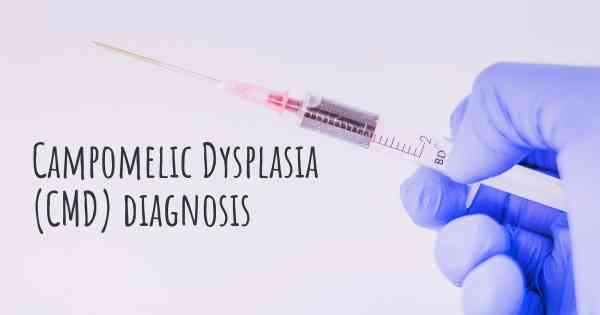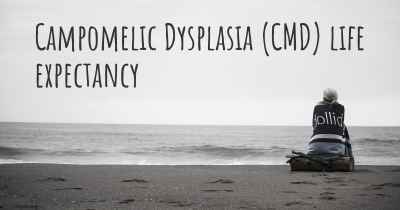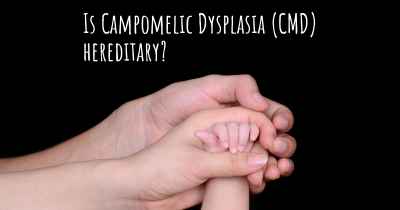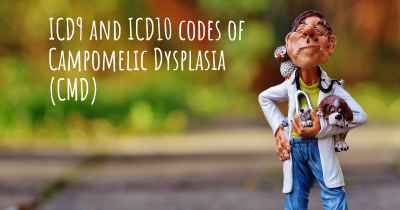How is Campomelic Dysplasia (CMD) diagnosed?
See how Campomelic Dysplasia (CMD) is diagnosed. Which specialists are essential to meet, what tests are needed and other useful information for the diagnosis of Campomelic Dysplasia (CMD)

Campomelic Dysplasia (CMD) Diagnosis
Campomelic Dysplasia (CMD) is a rare genetic disorder that affects skeletal development and can lead to various physical abnormalities. Diagnosing CMD involves a combination of clinical evaluation, imaging studies, and genetic testing.
Clinical Evaluation:
During the clinical evaluation, a healthcare professional will assess the patient's medical history, perform a physical examination, and look for characteristic signs and symptoms of CMD. These may include a short stature, bowing of long bones, a small chest, a cleft palate, and facial dysmorphism.
Imaging Studies:
Imaging studies play a crucial role in diagnosing CMD. X-rays can reveal skeletal abnormalities such as bowing of long bones, abnormal curvature of the spine, and underdeveloped or absent ribs. Ultrasound imaging may be used to examine the fetus during pregnancy and detect any skeletal abnormalities.
Genetic Testing:
Genetic testing is the most definitive method to diagnose CMD. It involves analyzing the patient's DNA to identify mutations or alterations in the SOX9 gene, which is responsible for the development of bones and other tissues. This gene mutation is typically associated with CMD. Genetic testing can be performed using various techniques, including sequencing the entire gene or specific regions of interest.
Prenatal Diagnosis:
In some cases, CMD can be diagnosed prenatally through genetic testing. This is particularly important for families with a known history of CMD or when ultrasound findings suggest skeletal abnormalities. Prenatal diagnosis allows parents to make informed decisions about the pregnancy and plan for appropriate medical care.
Conclusion:
Diagnosing Campomelic Dysplasia involves a comprehensive approach that includes clinical evaluation, imaging studies, and genetic testing. The combination of these methods helps healthcare professionals accurately identify CMD and provide appropriate medical management and support for individuals affected by this rare genetic disorder.








